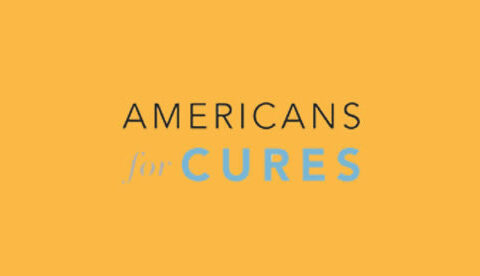Proposition 71 created the California stem cell program, formally titled the California Institute of Regenerative Medicine (CIRM). CIRM is funded by $3 billion dollars’ worth of public use bonds, which are sold at a time frame approved by the state treasurer, to fund stem cell research for a period of no less than ten years. The amount is never to exceed $350 million per year.
Proposition 71 is revolutionary in that it created a new paradigm for funding medical research: not by treating medical research as an operating cost, to be renewed annually or biannually, but rather by making a long-term investment in medical research that aligns the costs with the future benefiting generations.
Among the key advantages of Prop 71’s bond financing structure are:
- First, bonds spread the cost of a massive public investment over a period of 30 to 50 years.
- Second, bonds provide a critical mass of financial assets that can be marshaled in the near-term increases dramatically.
- Third, when funding structure changes to long-term bonds authorized by voters, healthcare constituencies are united in support. It is in their collective interest that voters approve bonds—if the bonds fail, the capital demands for research will fall back upon the appropriations process.
- Using bonds to fund medical research creates a large-scale, long-term portfolio; historically, these have high statistical opportunities of success due to broad risk diversification.
- Stem cell research is also funded by the federal government’s National Institutes of Health (NIH) budget. It may also be funded by the private sector, but such investment generally occurs later, during the testing and development phase, than during initial basic research.
With stem cell therapies being such a new field, it is crucial they be supervised by an unbiased governmental body; the FDA is cautious and thorough, but they are endlessly struggling for funding. making a long-term investment that aligns the payment with the potential future beneficiaries.





